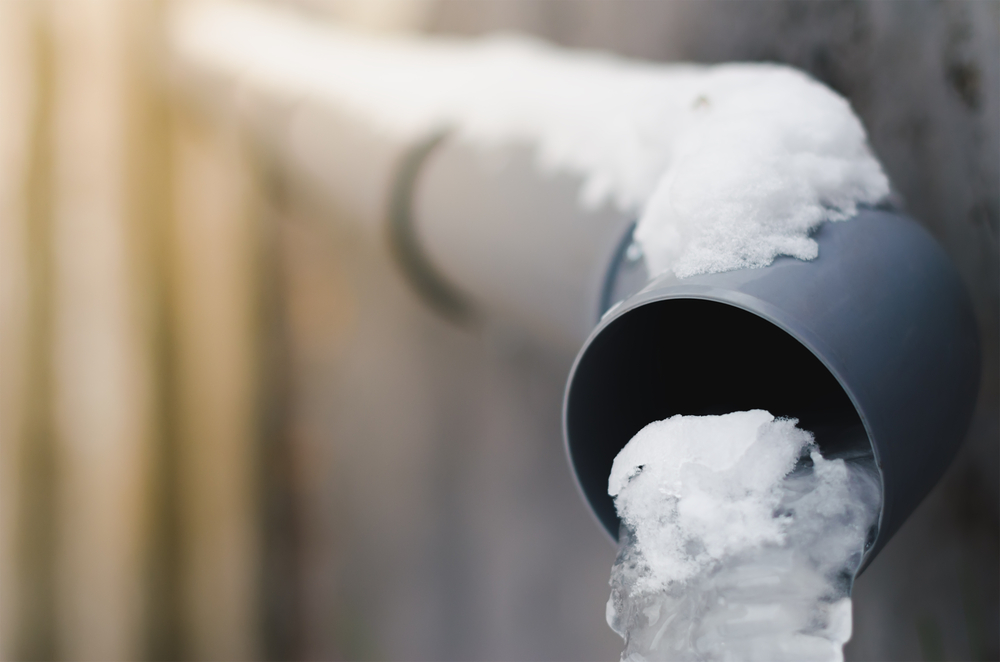Preventing Frozen Pipes in Cold Weather: Key Tips
Preventing Frozen Pipes in Cold Weather: Key Tips
Blog Article
How do you really feel on the subject of Prevent Frozen Pipes ?

Cold weather can damage your plumbing, especially by freezing pipelines. Here's exactly how to prevent it from happening and what to do if it does.
Intro
As temperatures decline, the danger of icy pipelines increases, potentially resulting in costly repair work and water damages. Comprehending just how to avoid icy pipes is critical for homeowners in chilly environments.
Recognizing Icy Pipelines
What creates pipelines to ice up?
Pipelines freeze when revealed to temperature levels listed below 32 ° F (0 ° C) for expanded durations. As water inside the pipelines freezes, it broadens, putting pressure on the pipeline wall surfaces and possibly creating them to rupture.
Threats and damages
Frozen pipes can result in water supply disturbances, residential or commercial property damage, and expensive repair services. Burst pipes can flooding homes and create substantial architectural damages.
Signs of Frozen Pipes
Identifying frozen pipelines early can avoid them from breaking.
How to determine frozen pipelines
Search for lowered water flow from taps, uncommon odors or noises from pipelines, and visible frost on subjected pipelines.
Prevention Tips
Protecting at risk pipes
Wrap pipes in insulation sleeves or utilize warmth tape to protect them from freezing temperature levels. Focus on pipes in unheated or outside areas of the home.
Heating methods
Maintain indoor areas sufficiently warmed, particularly areas with plumbing. Open closet doors to enable warm air to distribute around pipes under sinks.
Protecting Exterior Plumbing
Garden tubes and outside faucets
Separate and drain pipes garden pipes before winter months. Install frost-proof spigots or cover outside faucets with protected caps.
What to Do If Your Pipes Freeze
Immediate actions to take
If you suspect icy pipelines, keep faucets open to ease pressure as the ice thaws. Utilize a hairdryer or towels soaked in warm water to thaw pipes gradually.
Long-Term Solutions
Architectural adjustments
Consider rerouting pipelines far from exterior wall surfaces or unheated areas. Add added insulation to attics, basements, and crawl spaces.
Updating insulation
Invest in top quality insulation for pipelines, attics, and walls. Correct insulation helps preserve regular temperatures and minimizes the threat of icy pipelines.
Conclusion
Protecting against frozen pipes needs positive measures and quick reactions. By comprehending the reasons, signs, and preventive measures, house owners can secure their pipes throughout winter.
6 Proven Ways to Prevent Frozen Pipes and Protect Your Home
Disconnect and Drain Garden Hoses
Before winter arrives, start by disconnecting your garden hoses and draining any remaining water. Close the shut-off valves that supply outdoor hose bibs and leave the outdoor faucet open to allow any residual water to drain. For extra protection, consider using faucet covers throughout the colder months. It’s also important to drain water from any sprinkler supply lines following the manufacturer’s directions.
Insulate Exposed Pipes
Insulating your pipes is an effective way to prevent freezing. Pipe insulation is readily available at home improvement stores and is relatively inexpensive. Pay close attention to pipes in unheated areas such as the attic, basement, crawl spaces, or garage. Apply foam insulation generously to create a buffer against the cold. You can also wrap your pipes in heat tape or thermostat-controlled heat cables for added warmth.
Seal Air Leaks
Inspect your home for any cracks or openings that could let in cold air. Seal any holes around the piping in interior or exterior walls, as well as the sill plates where your home rests on its foundation. Additionally, make sure to keep your garage door closed unless you’re entering or exiting. Leaving it open creates a significant air leak that can lead to frozen pipes.
Allow Warm Air Circulation
During cold snaps, it’s essential to allow warm air to circulate evenly throughout your home. Leave interior doors ajar to promote better airflow. Open kitchen and bathroom cabinets to help distribute heat consistently around the rooms. If you have small children or pets, be sure to remove any household chemicals or potentially harmful cleaners from open cabinets for safety.
Let Faucets Drip
A small trickle of water can make a big difference in preventing ice formation inside your pipes. When temperatures drop significantly, start a drip of water from all faucets served by exposed pipes. This continuous flow helps prevent the water from freezing. Additionally, running a few faucets slightly can relieve pressure inside the pipes, reducing the chances of a rupture if the water inside does freeze.
https://choateshvac.com/6-proven-ways-to-prevent-frozen-pipes-and-protect-your-home/

As a keen reader on 6 Ways to Prevent Frozen Pipes, I think sharing that excerpt was worth the trouble. Sharing is caring. You just don't know, you could be helping someone out. Many thanks for being here. Come back soon.
Get Quote Now Report this page